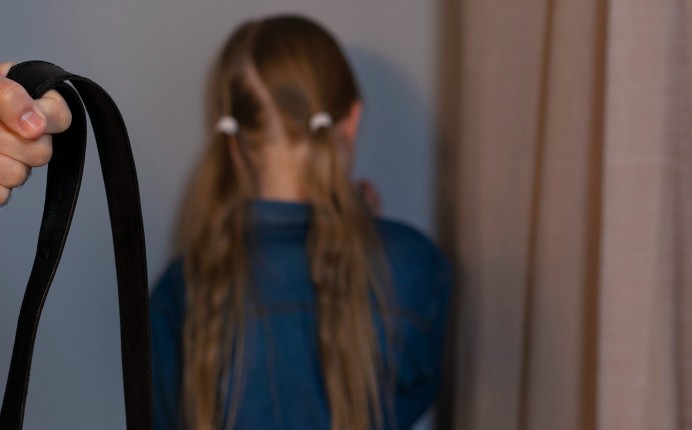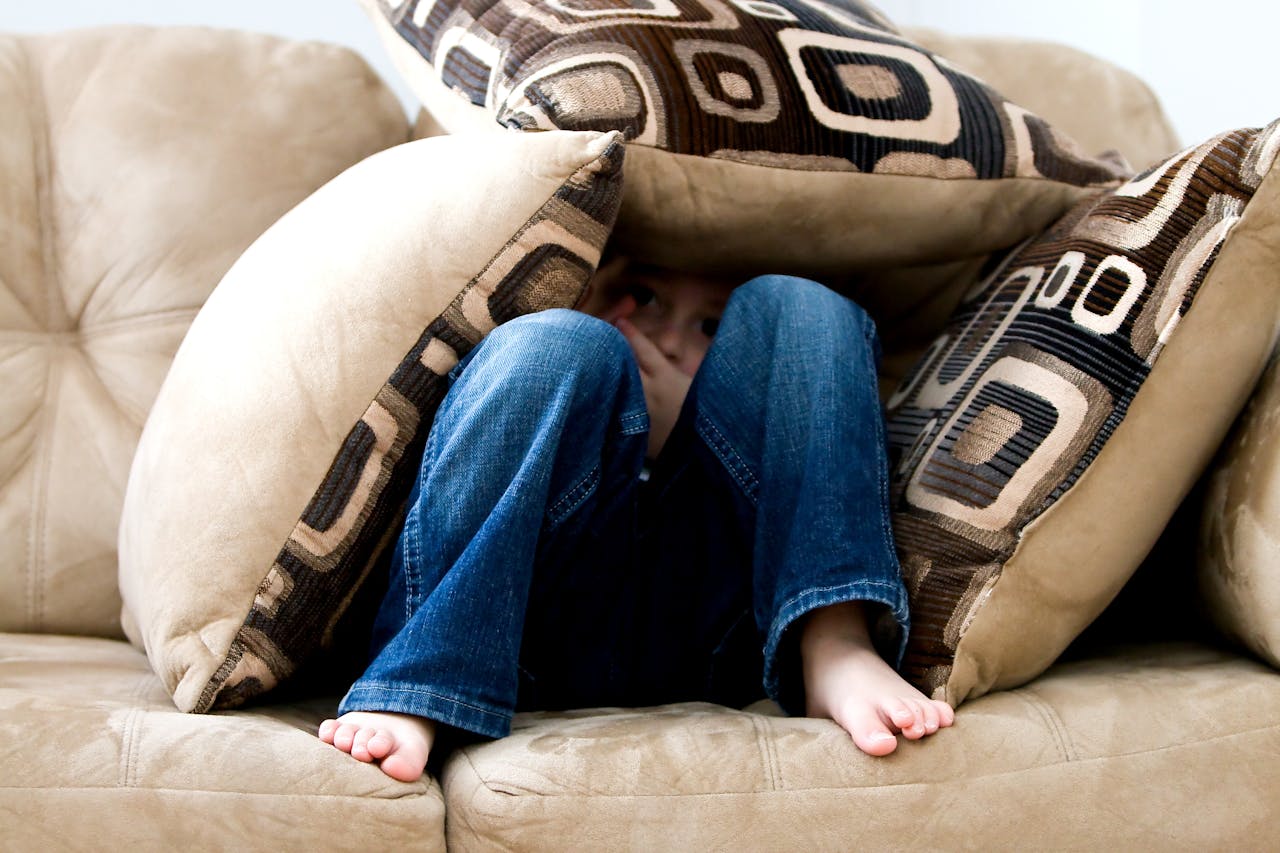They took the strap away—or at least, they removed the physical instrument, the leather loop of institutional discipline that had once been the sanctioned mechanism of control in classrooms across the country.
Even if we never felt it on our own skin, we knew what it meant; we had heard the sound of it slapped swiftly against a desk, the sudden silence that followed, and we could summon, without instruction, the sting of it landing on flesh that could have been ours.
They made a formal announcement, drafted new policy language about safety and well-being, and filed it under modernisation—a shift toward non-violent approaches to behaviour.
They said schools would become gentler, more attuned to the emotional lives of children, more humane in their approach to discipline, and more in line with the evolving moral frameworks and legal standards of a democratic society.
And things did change, somewhat.
The strap—the hard, leather-bound certainty of state-sanctioned pain—was folded into the past, archived in footnotes and oral histories, no longer passed between principals or wielded in the name of order during a difficult afternoon.

But they didn’t extract the deeper belief that children must be subdued, must be rendered manageable through pressure, must learn early that adult power can be felt before it is understood or questioned. So when the tools of pain were removed from reach—when they could no longer strike a child’s hands without consequence—something else, something quieter but equally coercive, moved in to occupy the space that was left behind. The instinct to make children feel the sting of public shame filled the place left behind when straps stopped stinging skin. The hierarchy that says adult comfort takes precedence over child autonomy, that control equals safety, and that obedience is the clearest sign of a successful learning environment remained.
Humiliation—the unspoken, ambient version of the same lesson—took root.
What lingers when you remove the violence but leave the logic intact?
Humiliation, on its own, does the same job, with fewer tools and more plausible deniability. It shows up when a teacher disciplines the whole class instead of one child, hoping peer pressure will restore order where trust has already frayed, and support has long since been exhausted or denied.
It’s there in the “classroom economy,” the sticker charts, the behaviour trees—all those glitter-covered mechanisms of ranking and surveillance dressed up as learning goals or incentive-based management systems.
It hides inside comments like “You ruined it for everyone,” or “Did you show pride today?” But humiliation doesn’t always come in sharp tones or punitive words; more often now, it arrives dressed in the soft language of classroom community and growth. “We’re all going to work together to fix this before we move on,” may sound collaborative, even kind, but when it’s used to delay a lesson or deny a privilege because one child is dysregulated—especially a disabled child—it becomes a ritual that disguises its coercion in the language of belonging. The smile softens the blow, but the message is the same: you are the problem, and your peers must bear the cost of your difference. And as children’s faces burn with shame—shoulders tight, eyes scanning the room to measure who is frustrated, who is disgusted, who is quietly grateful it isn’t them—the lesson lands hard and deep: you are the reason this class can’t move forward, and we, your patient helpers, your weary teachers and tired friends, will now fix what you have selfishly or carelessly broken.
And humiliation thrives in exactly these moments—when the adult is overwhelmed, the child is dysregulated, and the entire room feels like a fragile ecosystem on the brink of collapse, like this is the day it might all come undone, like it will be hard like this forever.
We call it natural consequences, but it’s still punishment—just with softer edges
There’s a kind of relief in believing that collective consequences are neutral, that removing recess or cancelling a trip is simply a “logical response” to behaviour rather than an exercise of power.
But every child knows that it is punishment. They know what it means to be held responsible for something they didn’t do. They know what it means when no one speaks up for them, even when they followed every rule.
And those lessons land differently depending on who you are. If you’re neurodivergent, racialised, disabled, or already on the margins of classroom life, collective punishment doesn’t just feel unfair—it feels targeted.
It reinforces the belief that your safety is fragile. That your belonging is conditional. That your success can be undone by someone else’s crisis, and no one will intervene on your behalf when that happens.
It teaches children to fawn, to freeze, to mask harder. It teaches them that the right to justice is something you earn, not something you hold simply because you exist in the room as a person.
-
How it broke me open: the unbearable clarity of seeing things as they are
I know another reason the collective punishment incident was so devastating for me, like truly sent-me-spiralling kind of devastating, wasn’t just because of what was done to the kids (although yes, obviously that too), but because of what it broke in me, in how…
Fear is the fallback when dignity feels too hard to uphold
Most teachers are not cruel; they are exhausted, stretched thin by pressure from every direction, working in buildings that are crumbling around them, without enough EAs to meet the needs of their students, bound by policies that contradict their own ethics and instincts—and in that unsustainable, relentlessly demanding environment, fear becomes a discipline strategy. Fear offers something solid to grip when everything else in the room—attention, regulation, time, trust—is slipping steadily out of reach.
There’s a cultivated culture of positivity in schools—the insistence that we’re all moving forward together, supporting one another, building community—but it’s a fantasy that collapses under the weight of what’s actually been resourced. With too few adults, too many needs, and no room to rest or fail, something always has to give—and fear and humiliation become the pressure valve, quietly releasing what the system refuses to name or repair.
They give adults a way to communicate control without escalation, and a way to avoid the slow, messy, relational work that justice actually requires. We can all smile and comply.
If the strap was about order through pain, humiliation is about order through performance
| Dimension | The Strap (Corporal Punishment) | Collective Punishment |
|---|---|---|
| Source of authority | Formal, top-down institutional rule | Diffuse; framed as social contract or ‘natural consequence’ |
| Visibility of harm | Highly visible, physical, undeniable | Invisible or disguised as ‘community-based learning’ |
| Type of pain inflicted | Acute physical pain; fear of recurrence | Emotional shame; anxiety; peer resentment |
| Target of discipline | Individual, with public witnessing | Group-level; often directed at one but enacted on all |
| Emotional mechanism | Fear, threat of violence, bodily compliance | Humiliation, shame, social isolation |
| Social consequence | Spectacle of deterrence; classroom control through fear | Resentment, broken peer relationships, stigma |
| Role of bystanders | Witness and internalise fear; often feel relief it’s not them | Coerced enforcers; peers become part of the punishment mechanism |
| Reliance on public narrative | Rarely spoken of in official terms, but widely shared anecdotally | Normalised under behaviour language; rarely acknowledged directly |
| Response expected from child | Silence, compliance, physical stillness | Masking, withdrawal, hypercompliance |
| Possibility for redress | Rare; harm often normalized or hidden | Minimal; difficult to report or name as harm |
So what are we teaching when we rely on humiliation?
The strap was folded into history, but the logic that justified it—the belief that children must be controlled through fear, obedience is the mark of a good classroom, pain can be educational—was never truly dismantled. It was simply rebranded.
Where the strap relied on visible harm, collective punishment works through plausible deniability. Where corporal punishment demanded compliance through physical pain, collective punishment enforces it through emotional shame and social pressure. And where the strap made authority obvious and brutal, collective punishment masks control in the language of care, community, and behavioural growth.
But the effect is the same: children learn that safety is conditional, that silence is survival, and that belonging can be revoked without warning—especially for those who are disabled, racialised, dysregulated, or simply too different to be comfortably absorbed into the class.
We like to believe that we’ve moved beyond punishment as pedagogy. But if we look closely—at the group consequences, the cancelled field trips, the “we all need to work together” scripts that isolate without naming—the continuity becomes hard to ignore.
The violence has changed shape, not purpose.
And until we reckon with that truth—not just in policy, but in the day-to-day practice of classroom power—we will continue to sacrifice children’s dignity in the name of order, and call it learning.
-
On moral injury and collective punishment
I did not want to file a complaint. I still don’t—not in the sense that people imagine, with anger or vengeance or a desire for punishment. What I wanted, what I asked for again and again with patience and clarity and increasing despair,…









